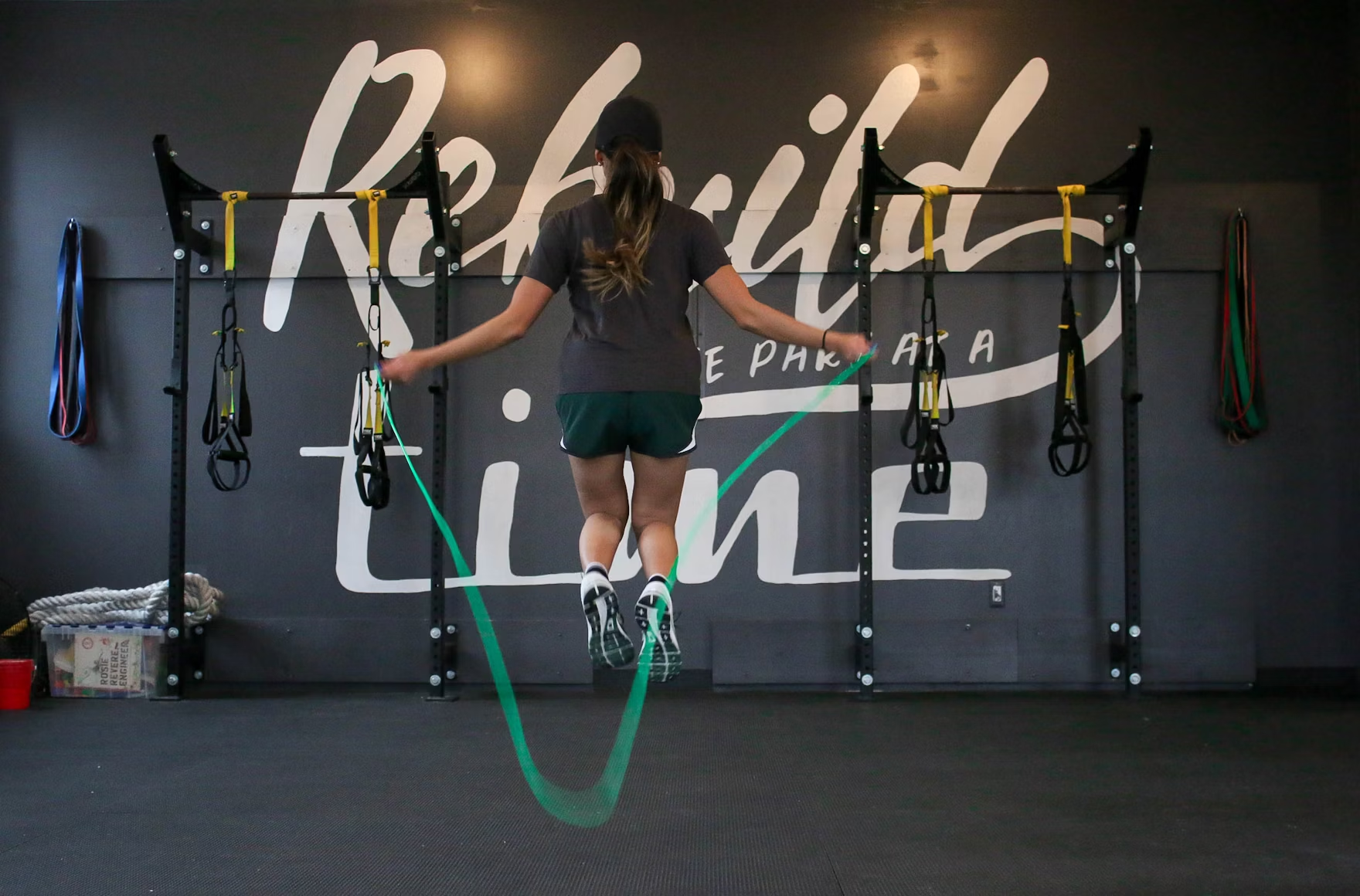High-Intensity Interval Training (HIIT) has revolutionized fitness routines worldwide by proving that you don't need to spend hours in the gym to see significant results. This training method alternates between intense bursts of activity and fixed periods of less-intense activity or complete rest.
What Makes HIIT So Effective?

Studies show that HIIT triggers EPOC (Excess Post-Exercise Oxygen Consumption), commonly known as the "afterburn effect." This means your body continues to burn calories at an elevated rate for up to 48 hours after your workout.
The key benefits include:
- Time efficiency: 20-30 minutes sessions 3x weekly
- Increased fat burn: Up to 30% more calories burned than steady-state cardio
- Metabolic boost: Improves insulin sensitivity
- Cardiovascular health: Lowers blood pressure and improves cholesterol
A Sample HIIT Routine
Try this beginner-friendly workout (repeat 3-4 times):
| Exercise | Duration | Intensity |
|---|---|---|
| Jump Squats | 30 seconds | Maximum effort |
| Rest | 90 seconds | Complete rest |
| Burpees | 30 seconds | Maximum effort |
Scientific Evidence
A 2019 study in the Journal of Physiology found that just 3 minutes of HIIT per week (3x20 second all-out efforts) improved insulin sensitivity by 28% in overweight adults.
Safety Considerations
While HIIT is suitable for most people, beginners should:
- Start with just 1-2 sessions per week
- Modify exercises as needed
- Ensure proper warm-up and cool-down
- Consult a doctor if you have heart conditions
